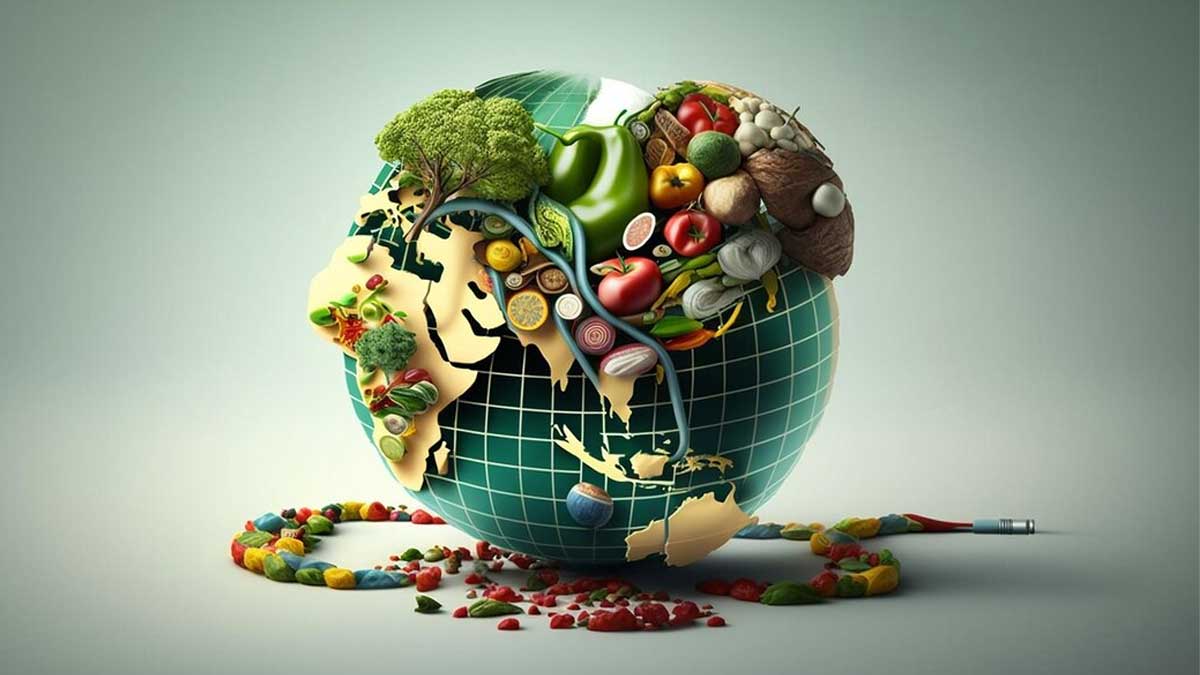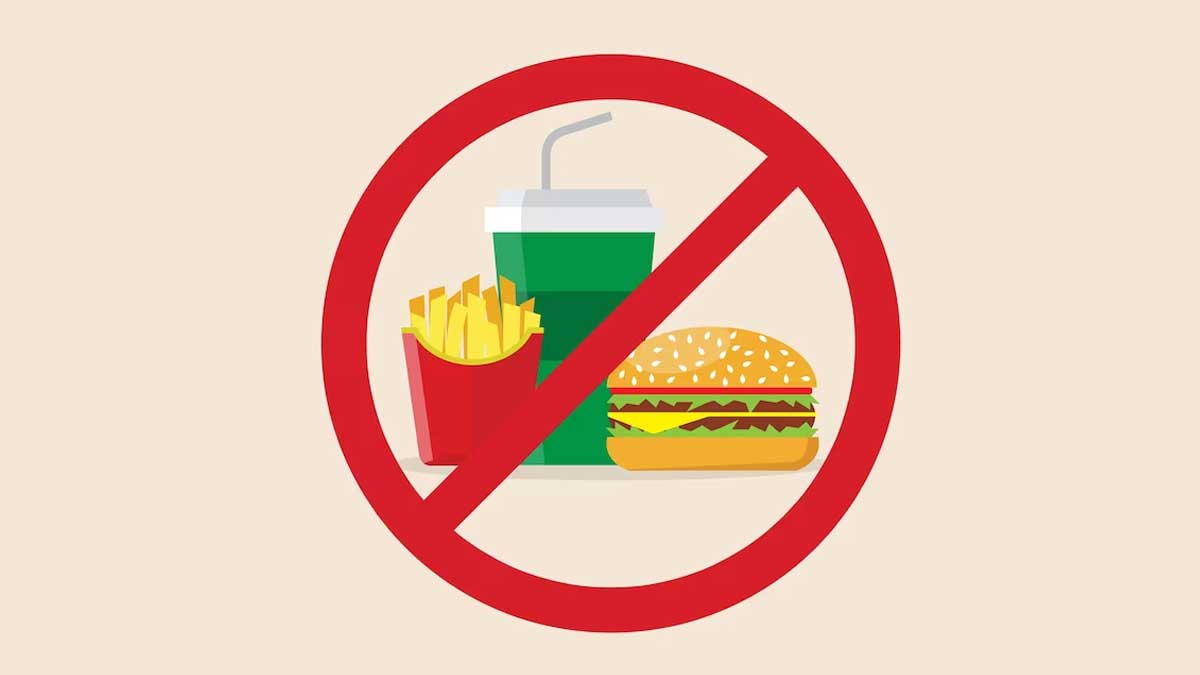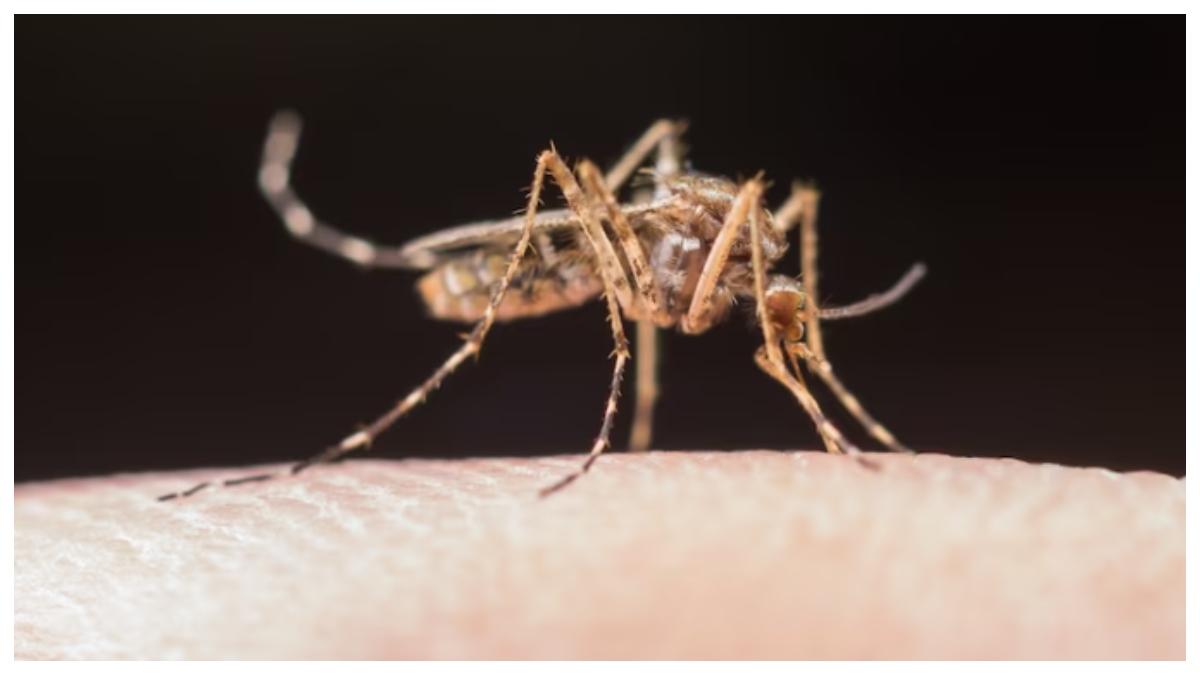

In a world where the global population is steadily increasing, and the environmental impact of our food choices is becoming more apparent, the need for sustainable dietary solutions has never been more urgent. The ‘Planetary Diet’ is a concept that has gained significant attention in recent years as a potential solution to address both global food security and environmental sustainability.
According to the EAT-Lancet Commission on Food, Planet, Health, the planetary diet is a flexible diet that incorporates different food groups that together make up an optimal diet for human health and environmental sustainability.
Understanding The Planetary Diet

The Planetary Diet is not just another fad diet. It’s a scientifically backed approach developed by a team of scientists commissioned by the EAT-Lancet Commission, a collaboration between the EAT Foundation and The Lancet, one of the world’s leading medical journals. Their goal was to find a way to feed a growing global population while reducing the environmental impact of our food choices.
Also Read: World Earth Day 2022: Learn How To Make Healthy Eating Sustainable
The Planetary Diet is based on a set of guiding principles that focus on the consumption of specific food groups in optimal quantities. It encourages a balanced intake of various food items to ensure both human and planetary health. Key elements of the Planetary Diet include:
- More Fruits and Vegetables: The diet emphasises an increase in the consumption of fruits, vegetables, and legumes. These foods are not only nutritious but also have a lower environmental impact compared to animal farming.
- Whole Grains: Whole grains such as brown rice, quinoa, and whole wheat bread provide essential nutrients and are more environmentally friendly compared to refined grains.
- Plant-Based Proteins: The Planetary Diet promotes the consumption of plant-based protein sources like beans, lentils, and nuts. These options have a lower carbon footprint than animal-based protein.
- Limited Red Meat: The diet advises a significant reduction in red meat consumption, as the production of beef and other red meats has a substantial environmental impact.
- Sustainable Seafood: When it comes to seafood, the Planetary Diet encourages the consumption of sustainably sourced options to protect our oceans and aquatic ecosystems.
- Dairy Alternatives: The Planetary Diet recommends the use of dairy alternatives like soy or almond milk, as the production of dairy products can be resource-intensive.
Saving the World With Planetary Diet

The environmental benefits of adopting the Planetary Diet are profound. By choosing foods with a lower environmental impact, we can reduce greenhouse gas emissions, land use, and water usage associated with food production. This, in turn, helps combat climate change, conserve biodiversity, and protect natural resources.
Additionally, the Planetary Diet aligns with the United Nations’ Sustainable Development Goals, addressing issues related to hunger, malnutrition, and inequality. It offers a blueprint for a more equitable and sustainable food system, promoting access to healthy, affordable, and culturally acceptable diets for all.
Also Read: World Environment Day 2020: Tips For Eco-friendly Sustainable Living
In conclusion, the Planetary Diet not only benefits the planet but also supports individual health. By focusing on a diverse and balanced intake of food, it can reduce the risk of diet-related chronic diseases such as obesity, heart disease, and diabetes. Additionally, by reducing red meat consumption and laying emphasis on plant-based foods, the Plantray Diet can help with weight management and overall well-being.





































